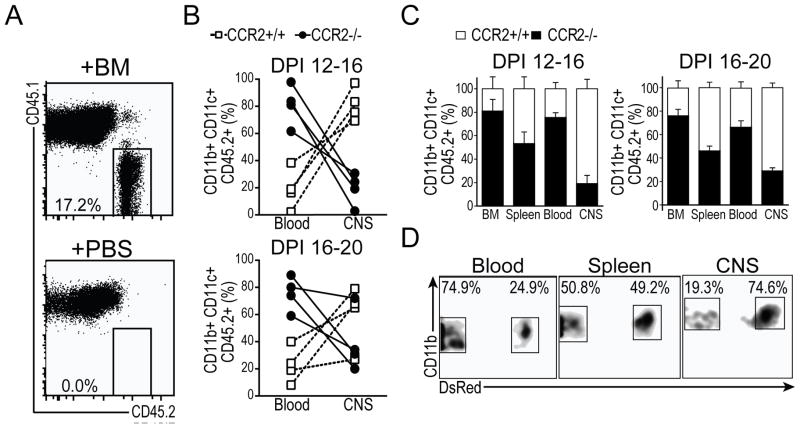Figure 3. CCR2−/− DCs do not accumulate in inflamed CNS despite abundance in blood.
CD45.2+ bone marrow cells were adoptively transferred into CD45.1+ hosts at day 12 or day 16 of EAE and mice were euthanized for tissue collection 4 days later at day 16 or day 20, respectively. A) Flow plots showing spleen cells from CD45.1 mice adoptively transferred with either PBS or equal mixtures of bone marrow (BM) from CD45.2+/+ CCR2+/+ DsRed+ and CD45.2+/+ CCR2−/− DsRed+ mice. B) Frequency of CCR2+/+ (Dsred+) and CCR2−/− (Dsred−) among donor (CD45.2+) cells in blood and CNS. Lines indicate difference in frequency in blood and CNS from individual mice. C) Frequency of CCR2+/+ (Dsred+) and CCR2−/− (Dsred−) among donor (CD45.2+) cells in bone marrow, spleen, blood, and CNS at day 16 and 20 of EAE. Data are representative of 3 independent experiments with n = 3 mice per group. Error bars indicate s.e.m. D) Representative flow plots showing percentage of cells CCR2+/+ (Dsred+) and CCR2−/− (Dsred−) among donor (CD45.2+CD45.1−) CD11b+ and CD11c+ cells in blood, spleen, and CNS of mice from (A) Data are representative of 3 independent experiments with n = 3 mice per group.

